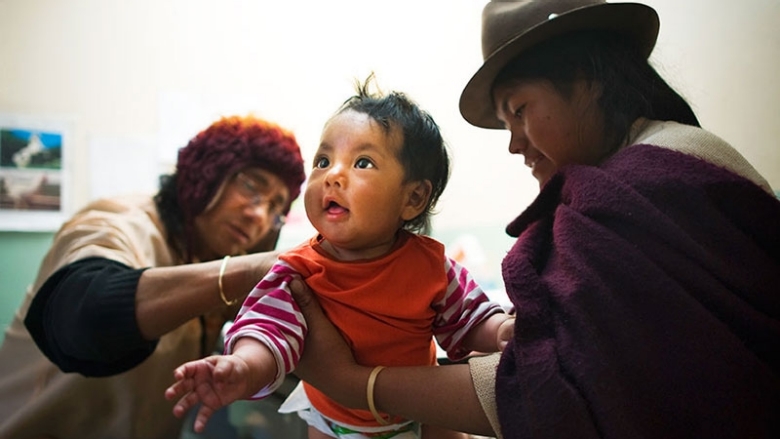The importance of good nutrition is recognized worldwide. Many people around the world make a daily habit of eating healthy, nutritious foods. The members of this group, most of which are more highly educated young people and adults, are constantly analyzing their diets and incorporating higher quality foods to improve aspects of their daily lives, from increasing their energy levels to enhancing their capacity for concentration and productivity.
Although a good diet is crucial throughout our lives, the brain develops very little after early childhood. Good nutrition has a crucial effect during the first 1,000 days of life. By the time we reach school age, our brains are 80% developed.
Impact of poor nutrition
Unfortunately, more than seven million children under age five still suffer from chronic malnutrition in Latin America, according to the World Bank. In the region and the world, child malnutrition has a series of negative consequences, including a higher mortality rate, poor development of cognitive, social and emotional skills, poor academic performance and limited productivity during adulthood. This process contributes to the inter-generational transmission of poverty and inequality in low income families.
A video illustrates how the first 1,000 days of life can determine whether an individual’s mind will illuminate like a 25 watt bulb or a 200 watt bulb, and what factors, such as chronic malnutrition, the lack of quality health and education services and time to play, abuse and abandonment irreversibly affect human development. Sadly, if a child has not developed his physical, cognitive and socioemotional capacities during the first years of life, he will never be able to do so.
Chronic malnutrition continues to be a leading obstacle to development in a few countries in Latin America and the Caribbean. When malnourished children grow up in an unfavorable environment, they often struggle in school and are more likely to drop out. These children often become impulsive youth and then disorganized adults. They may lack initiative, be combative and have difficulty holding down a steady job.

